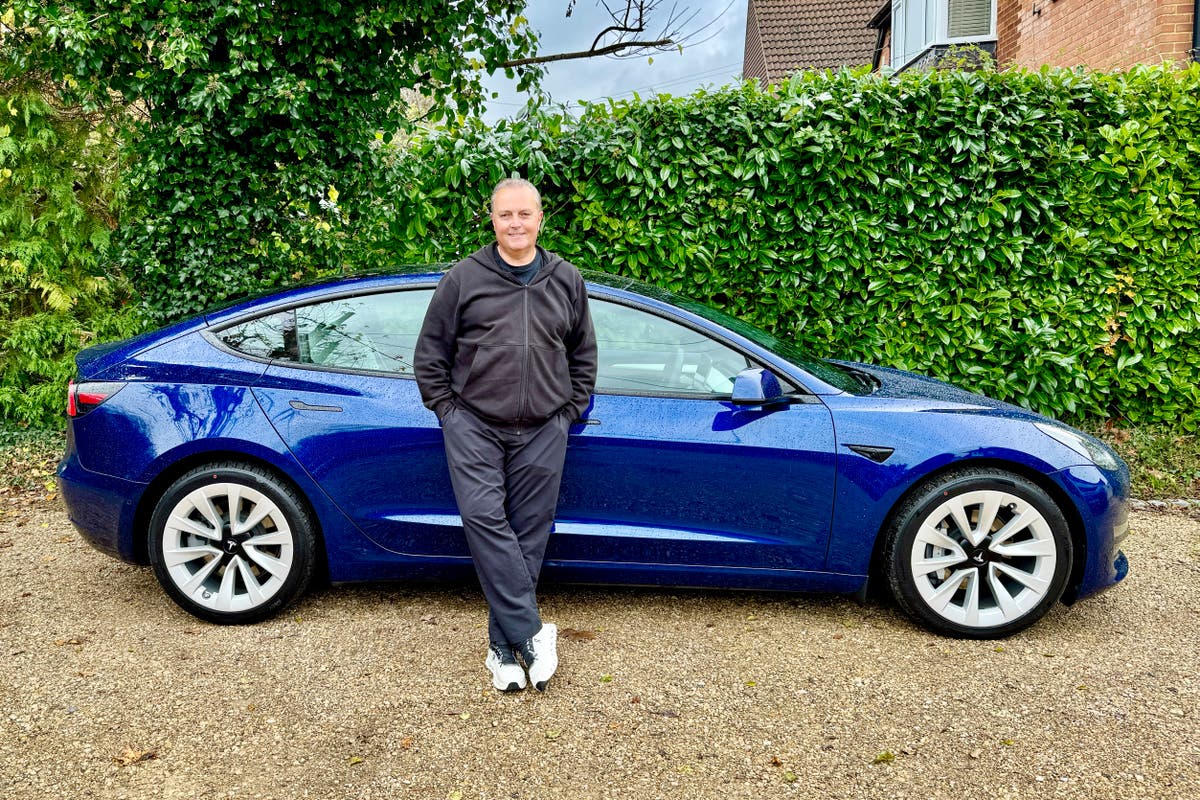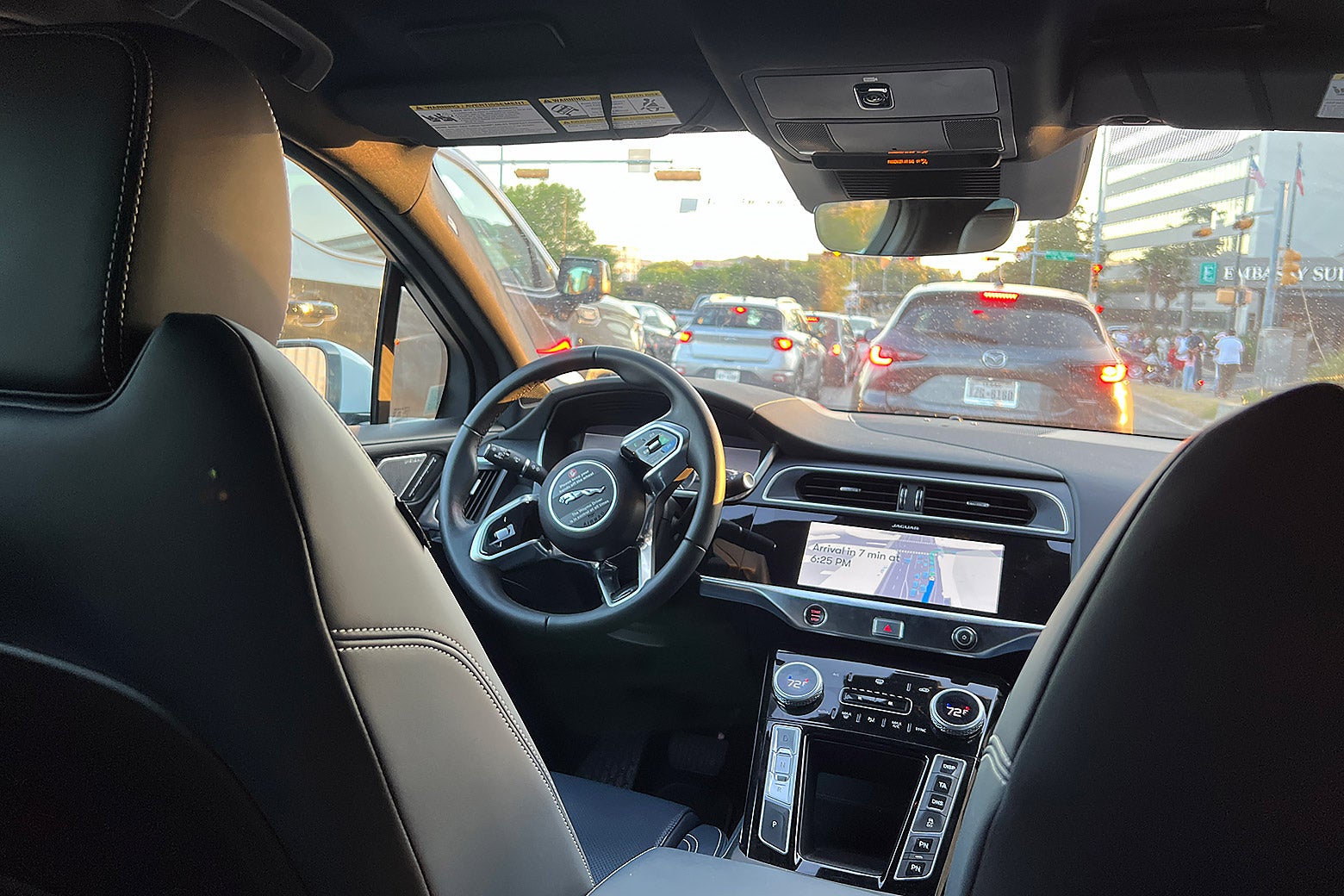
Tesla ‘full self-driving’ vehicles can’t drive themselves
Associated PressDETROIT — Earlier this week, Tesla sent out its “full self-driving” software to a small group of owners who will test it on public roads. “It is a very limited functionality that still requires constant driver supervision.” On a conference call Wednesday, Musk told industry analysts that the company is starting full self-driving slowly and cautiously “because the world is a complex and messy place.” It plans to add drivers this weekend and hopes to have a wider release by the end of the year. The National Highway Traffic Safety Administration, which regulates automakers, says it will monitor the Teslas closely “and will not hesitate to take action to protect the public against unreasonable risks to safety.” The agency says in a statement that it has been briefed on Tesla’s system, which it considers to be an expansion of driver assistance software, which requires human supervision. The activation and use of these features are dependent on achieving reliability far in excess of human drivers as demonstrated by billions of miles of experience, as well as regulatory approval, which may take longer in some jurisdictions.” Even before using the term “full self-driving,” Tesla named its driver-assist system “Autopilot.” Many drivers relied on it too much and checked out, resulting in at least three U.S. deaths. Bryant Walker Smith, a University of South Carolina law professor who studies autonomous vehicles, said it was bad enough that Tesla was using the term “Autopilot” to describe its system but elevating it to “full self-driving” is even worse.
History of this topic

Tesla Cybercab arrives in the UK: We take a first look around the self-driving robotaxi due to hit the road in 2026
Daily Mail)
The Musk Effect: Trump 2.0 is looking for ways to ease rules for self-driving cars
Firstpost)
Amid falling Tesla sales, Trump's victory could be blessing for Elon Musk's robotaxi dreams
Firstpost
A Trump win may boost Musk’s Robotaxi Ambitions, yet key challenges lie ahead
India TV News
US agency says Tesla’s public statements imply that its vehicles can drive themselves. They can’t
New Indian ExpressUS agency says Tesla’s public statements imply that its vehicles can drive themselves. They can’t
Associated Press
US agency says Tesla’s public statements imply that its vehicles can drive themselves. They can’t
LA Times
Tesla Eyes Regulatory Hurdles for Driverless Ride-Hailing Next Year
Hindustan Times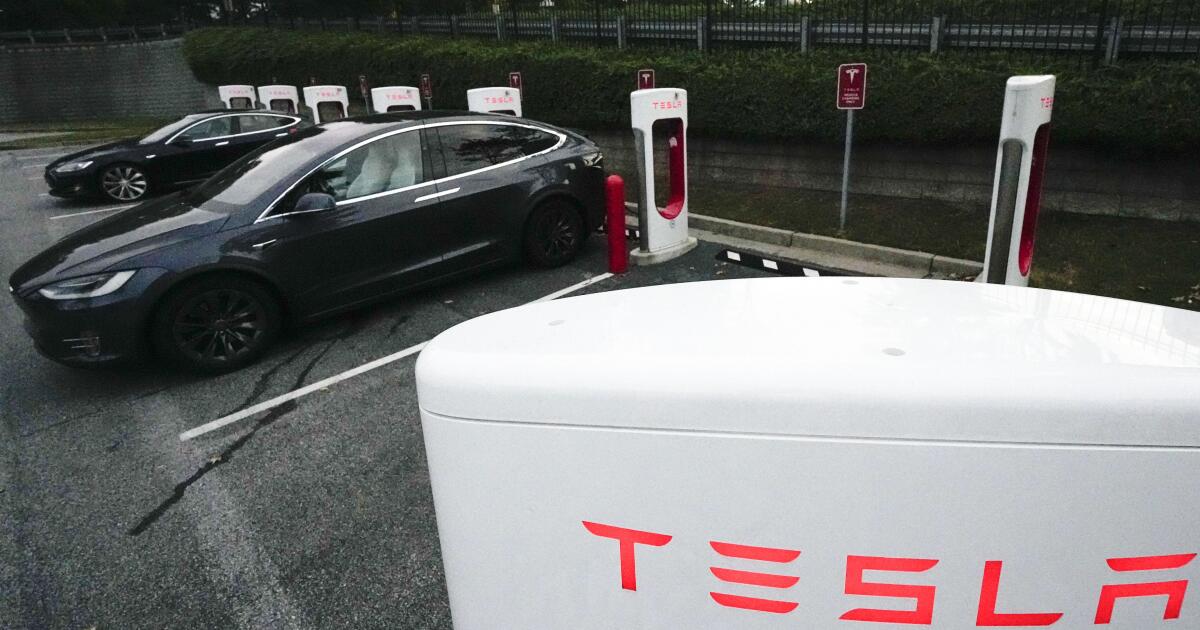
U.S. agency launches investigation into Tesla’s self-driving technology
LA Times
Can Tesla’s Cybercab and Robovan actually take on Uber?
The Independent
Questions over safety of Tesla’s ‘Full Self-Driving’ system after string of crashes
The IndependentTesla in Seattle-area crash that killed motorcyclist was using self-driving system, authorities say
Associated PressTesla driver tells police he was using ‘self-drive’ system when his car hit a parked police vehicle
Associated Press
Tesla pushes to increase ‘full self-driving’ software use as vehicle sales cool
Live Mint
Autonomous driving law urged as testing underway
China Daily
Tesla recalls more than TWO MILLION vehicles to fix system that monitors drivers using Autopilot after series of deadly crashes
Daily MailTesla allows no-hands driving with Autopilot for longer, but U.S. regulators have questions
The HinduTesla is allowing no-hands driving with Autopilot for longer periods. US regulators have questions
Associated PressTesla’s Autopilot driver-assist system gets closer look as US seeks details on recent changes
Associated PressElon Musk predicts Tesla self-driving cars 'later this year'
The Hindu
Will Tesla achieve full self-driving technology this year? Elon Musk says…
Hindustan TimesMercedes-Benz beats Tesla for California's approval of automated driving tech
The Hindu
Tesla shouldn’t call driving system Autopilot because humans are still in control, Buttigieg says
Associated Press
Feds suspect Tesla using automated system in firetruck crash
Associated Press
Tesla to recall 362,000 US vehicles on full self-driving software
Al JazeeraTesla video promoting self-driving was staged, engineer testifies
The Hindu
Feds reviewing Musk tweet about disabling driver monitoring
Associated Press
US probing automated driving system use in 2 Tesla crashes
Associated Press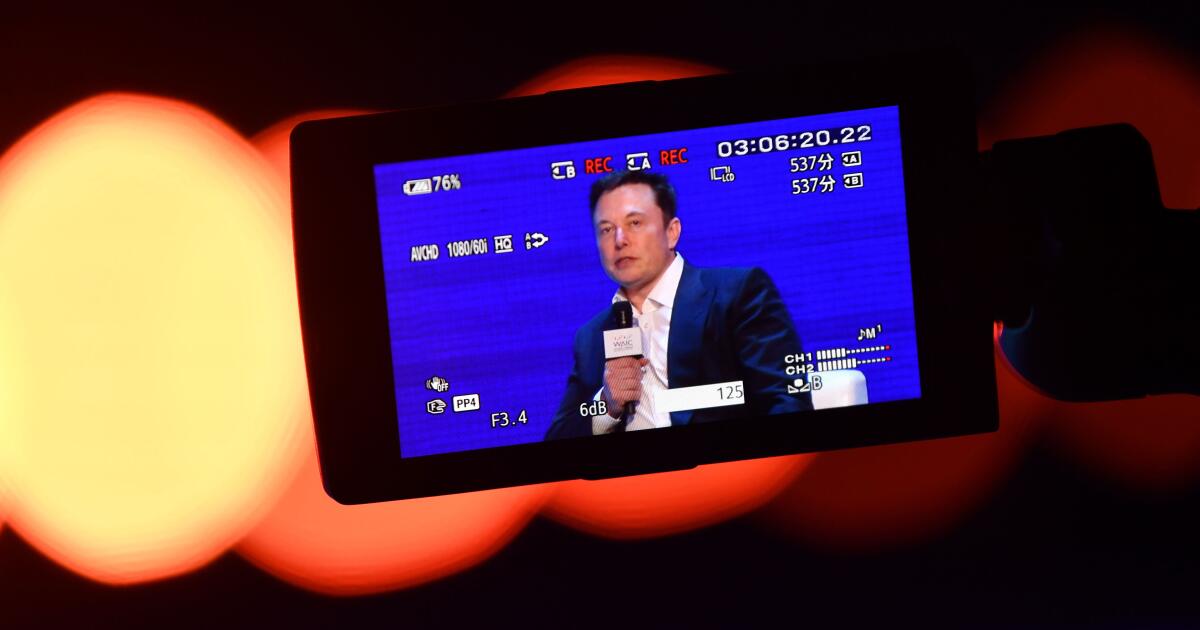
Tesla says its self-driving technology may be a ‘failure’ — but not fraud
LA Times
Tesla’s ‘Full Self-Driving’ Beta available for all in North America: Elon Musk
Hindustan TimesTesla cars not ready to be approved as fully self-driving
The HinduMany U.S. drivers treat partially automated cars as self-driving, says study
The HinduTesla is sued by drivers over alleged false Autopilot, Full Self-Driving claims
The HinduCalifornia regulator claims Tesla falsely advertised Autopilot, Full Self-Driving features
The Hindu
California DMV accuses Tesla of falsely advertising Autopilot and Full Self-Driving features
LA Times
Data Likely Shows Teslas On Autopilot Crash More Than Rivals
Huff Post
Driverless vehicles park themselves in rapidly expanding market
China Daily
Waymo gets approval to operate autonomous vehicle services for 24 hours and start paid trips
India TodayMusk's bets on Tesla: no human drivers this year, robots next
The Hindu
Editorial: Slam the brakes on Tesla’s self-driving madness
LA Times
Tesla to expand self-driving software test — but only to drivers it deems worthy
LA TimesMusk says Tesla's self-driving software update 'not great'
The Hindu
Why do Tesla cars keep crashing into emergency response vehicles? Federal safety agency is investigating
LA TimesU.S. to require crash reports for driver-assistance autos
The Hindu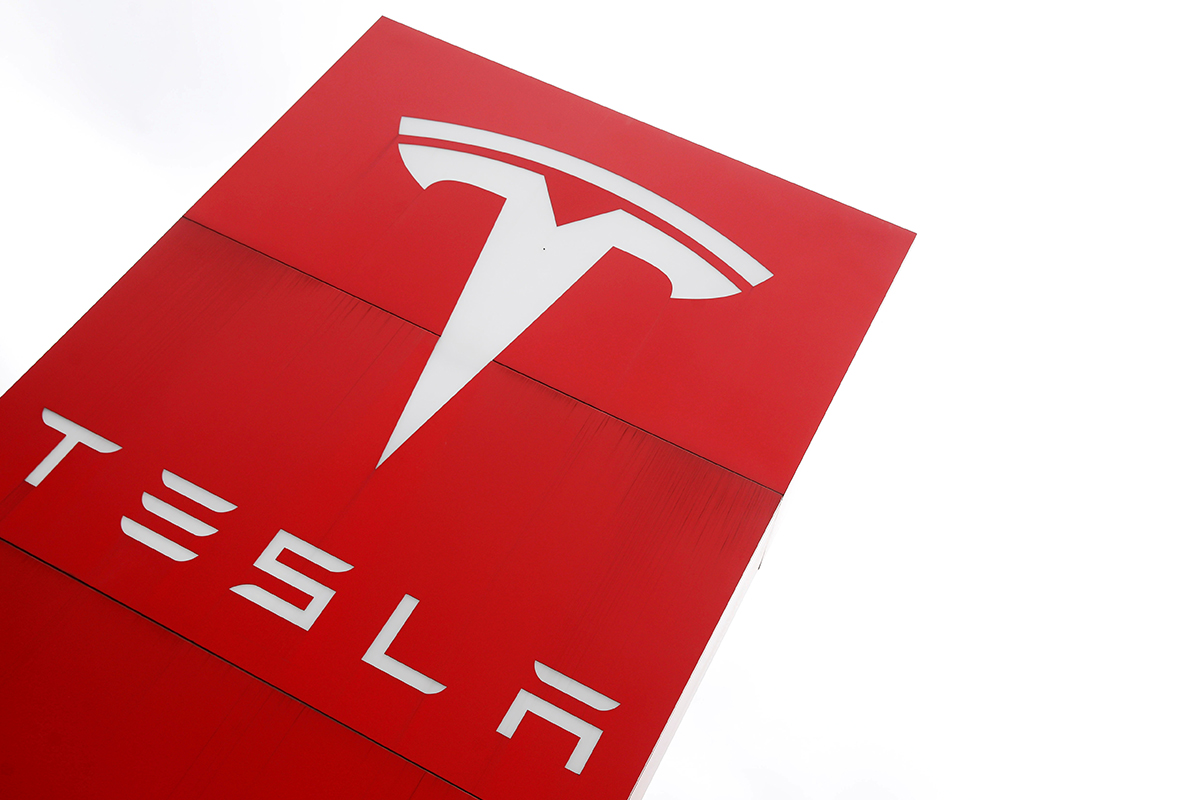)
Tesla Ditches Radar Based Autopilot System, Now Uses External Cameras
News 18Tesla’s ‘Full Self-Driving’ under review in U.S.
The Hindu
DMV probing whether Tesla violates state regulations with self-driving claims
LA Times
Crash, arrest draw more scrutiny of Tesla Autopilot system
Associated PressMusk’s fully autonomous Tesla car claim does not match reality, report says
The Hindu)
Tesla's 'Full Self-driving' Claim Admittedly Not Feasible Yet, Says Company's Internal Memo
News 18Discover Related


)

)

